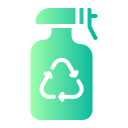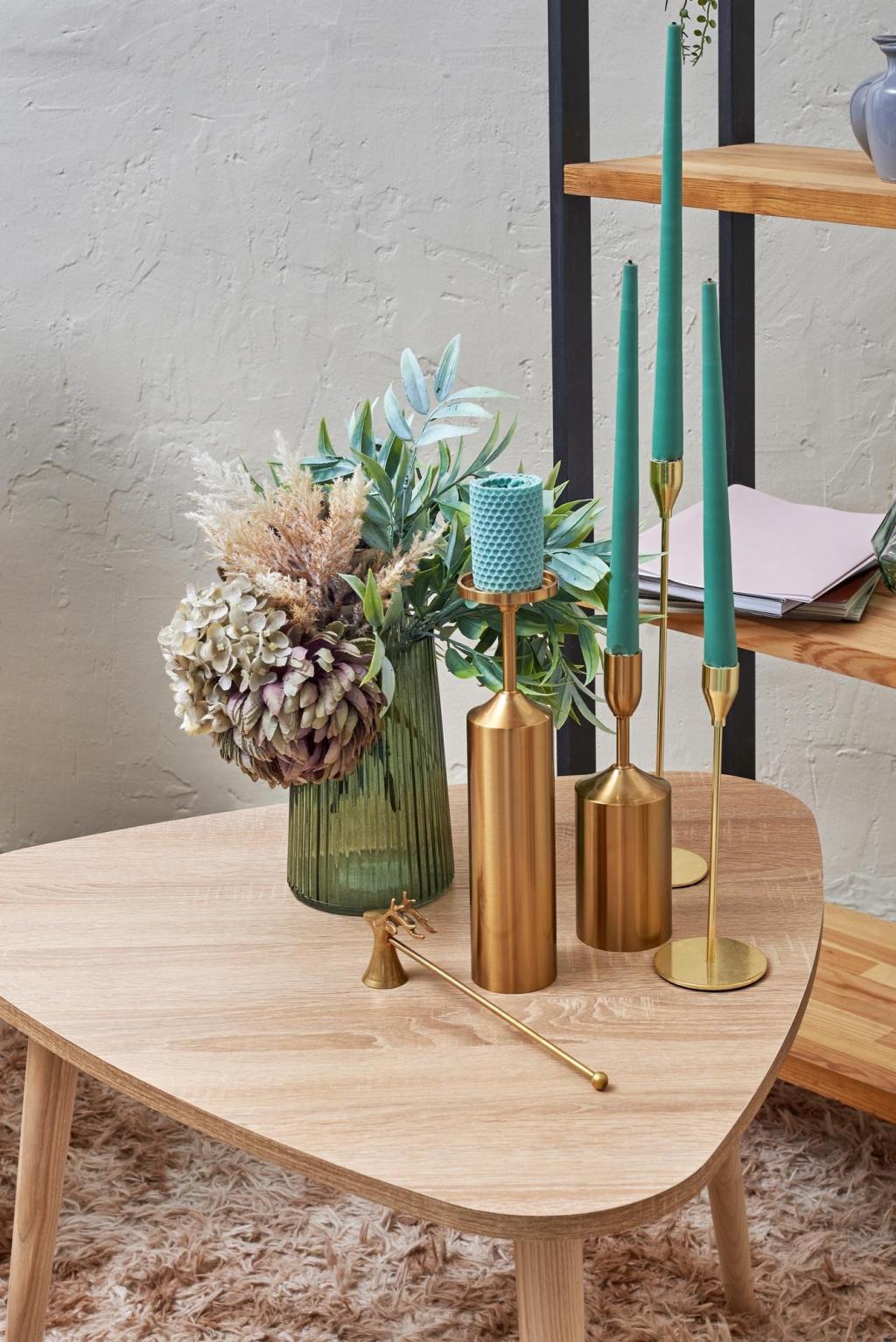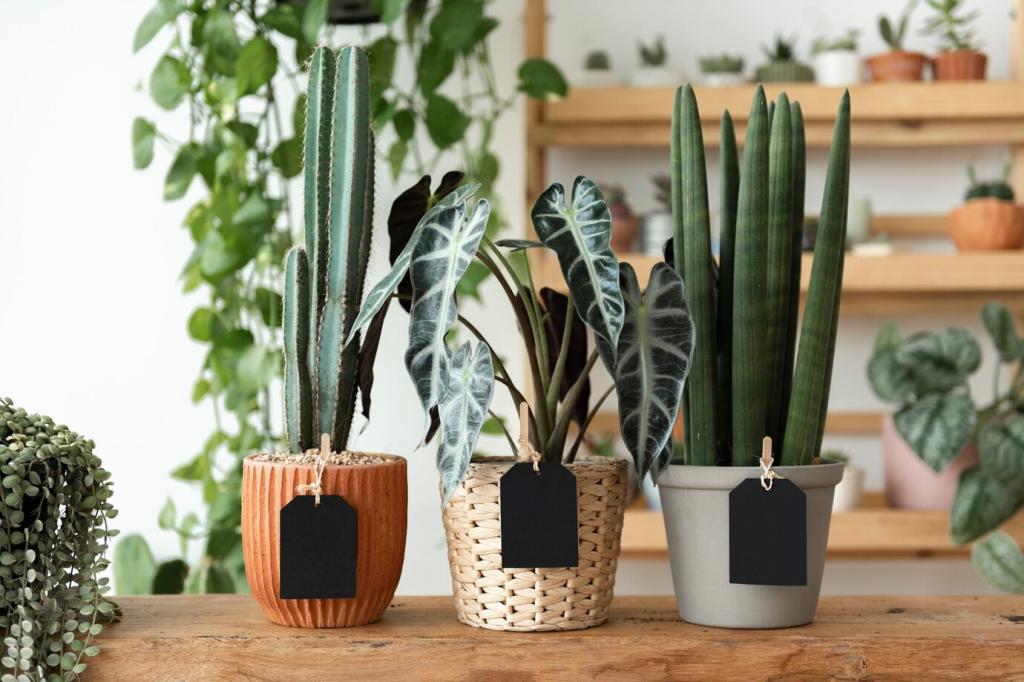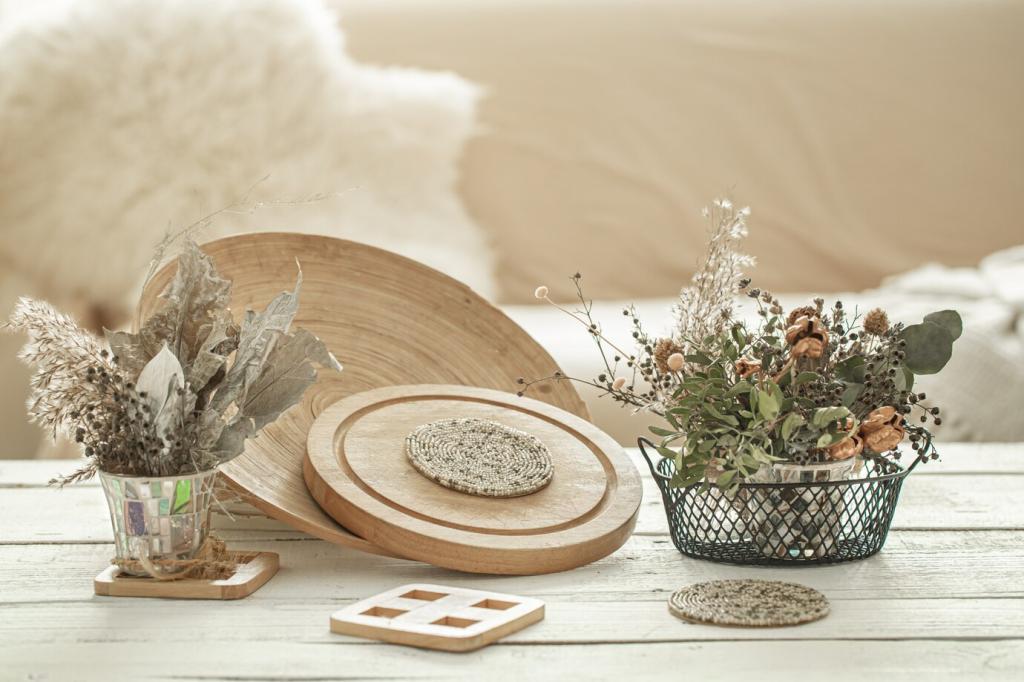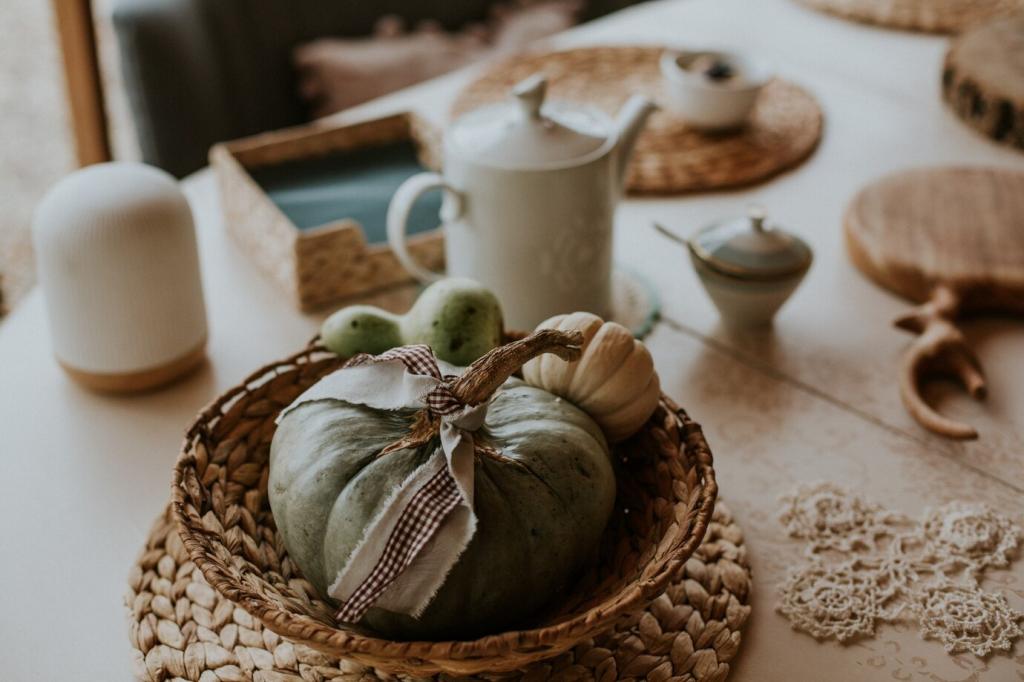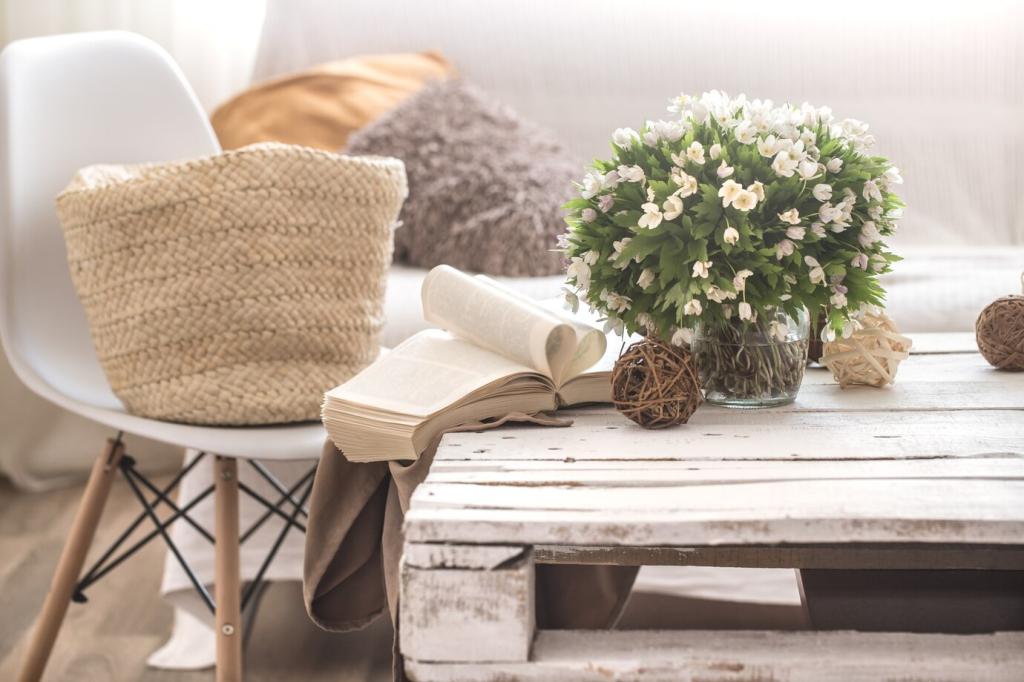Durability and Maintenance
Mineral colors excel on plaster, lime render, and breathable substrates. They settle into pores, creating depth rather than plastic gloss. Expect elegant aging, with gentle patina that feels alive instead of brittle.
Durability and Maintenance
If a frequently touched hallway shows scuffs or chalking, lightly clean, then refresh with a thin, well-mixed coat. Keep a labeled jar of the original batch to match subtle, earthy shifts accurately.
